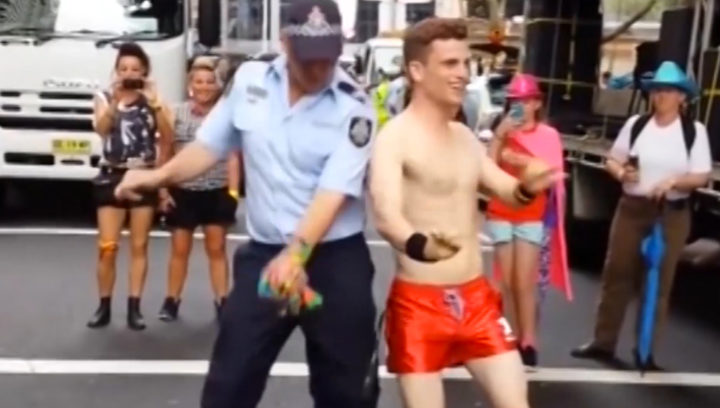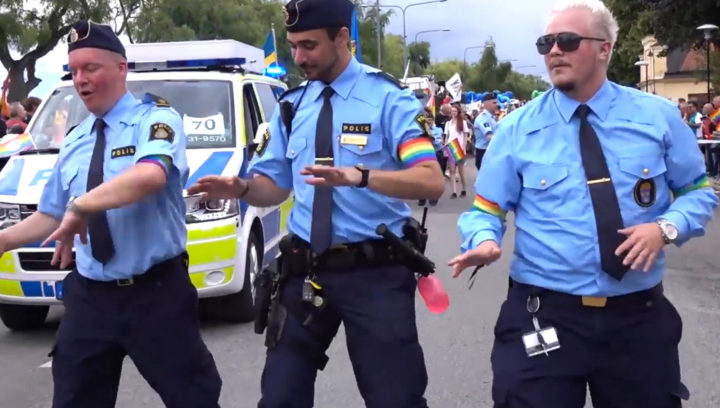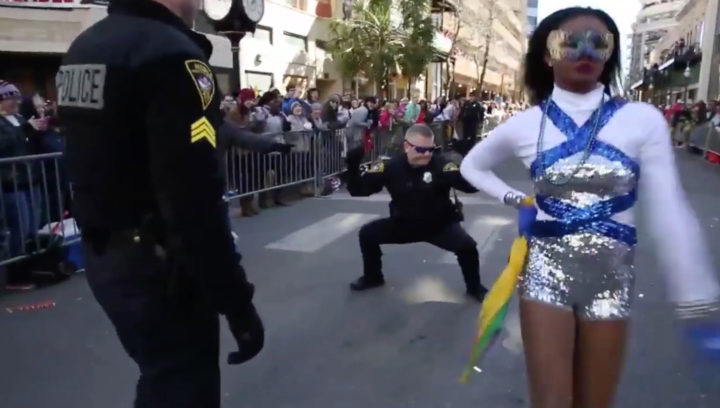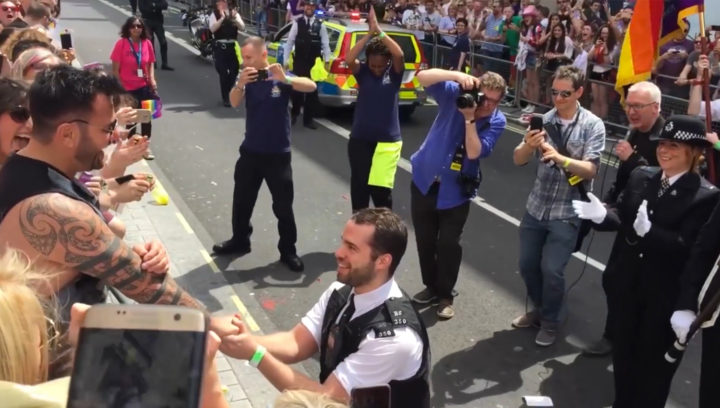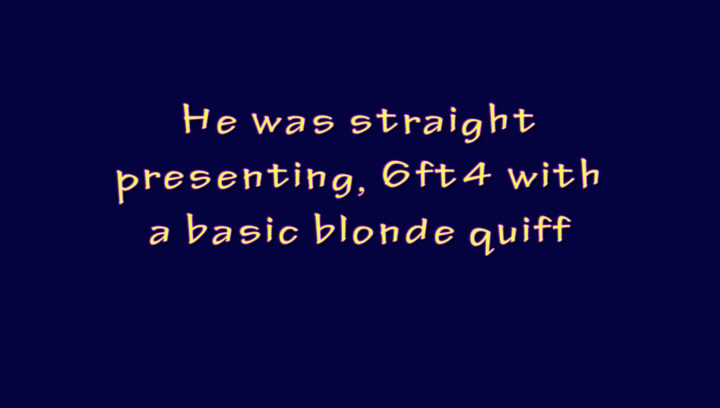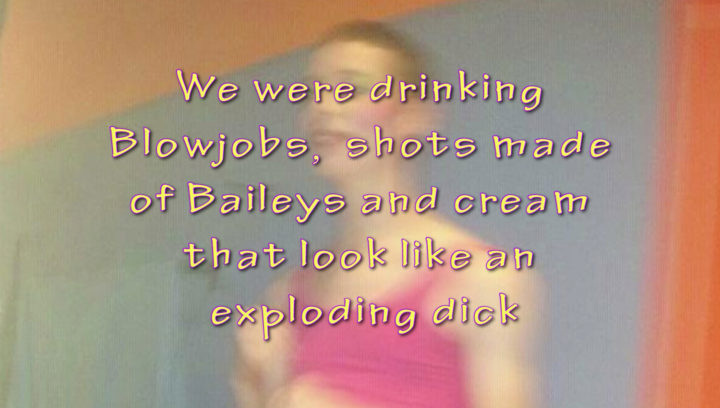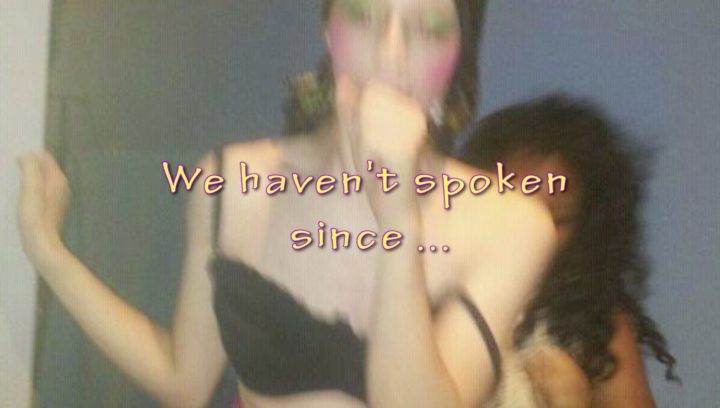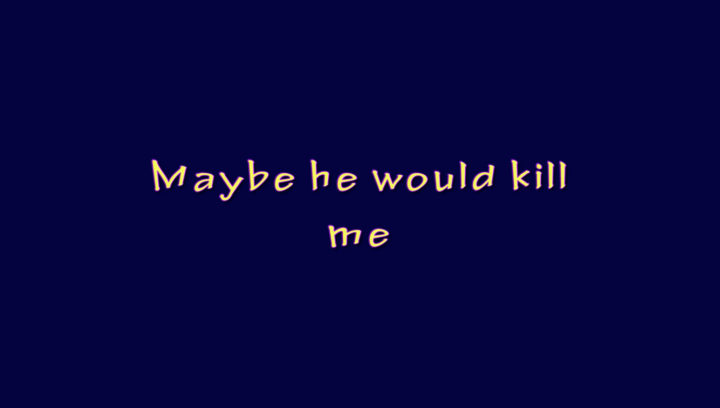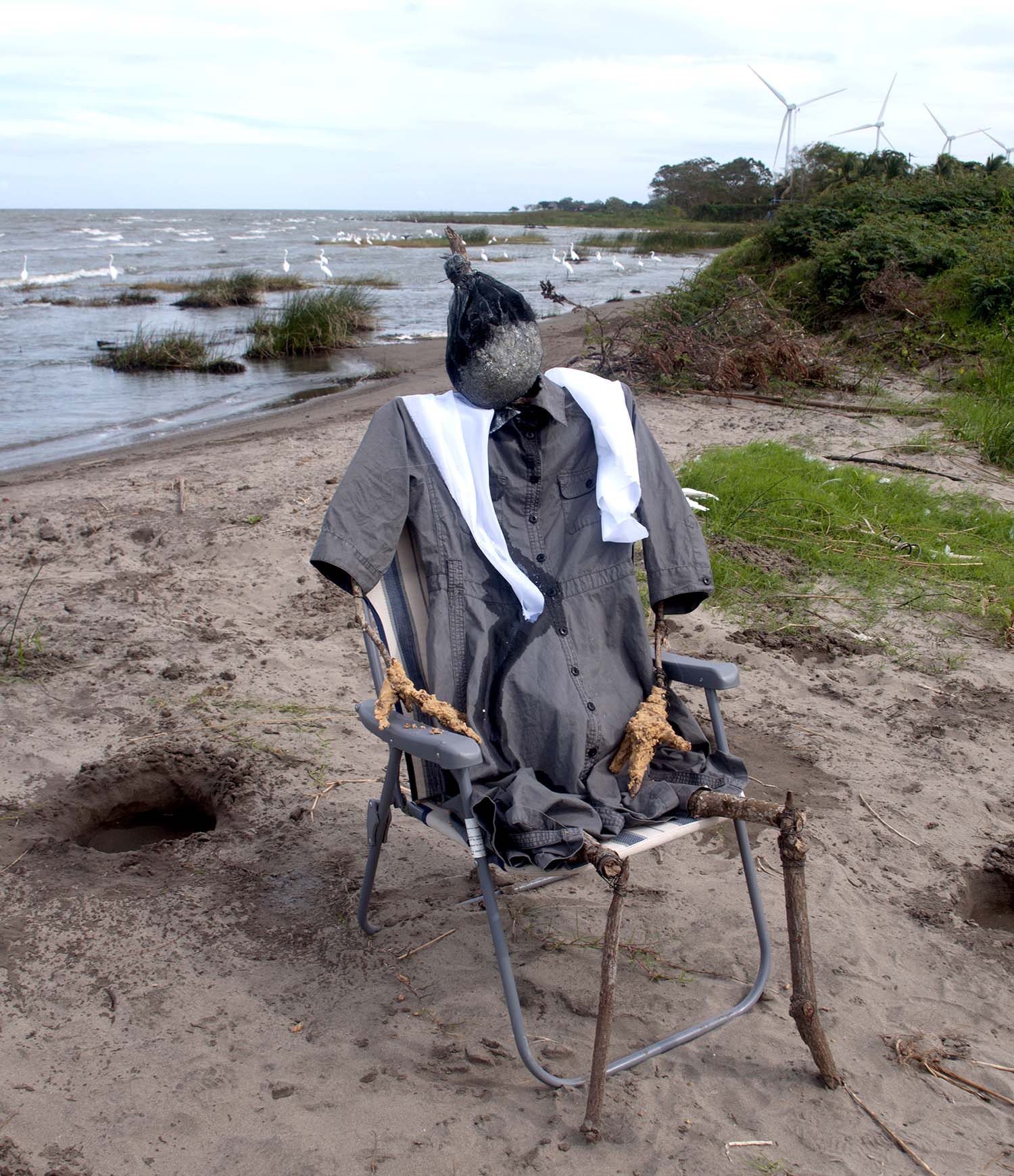Gay representation exists in a slippery space between liberation and domination, solidarity and violence, of both socioeconomic and interpersonal dimension. The ambivalent localization of violence within gay sociality — both aimed toward it and coming from within it — serves as the subtle thematic framework for the artist duo Rosie Hastings and Hannah Quinlan’s most recent show at Queer Thoughts.
A series of carefully executed pencil works on paper depict imagined scenes of intimate queer sociality: a group of beefy, gender-opaque characters, rendered in a stylized “gay hand” somewhere between lesbian comic books and Tom of Finland, are seen drinking, laughing, and making out in sparsely furnished rooms, desire omnipresent in their poses, gestures, and gazes. Hogarthian in both form and spirit, these charged scenes of conviviality nonetheless feel on the cusp of some kind of impending unhinging; desire transformed into rivalry, into conflict.

Bracketed by the drawings is the video work Gaby (2018), consisting of three short vignettes that each address the interweaved connections between gay culture and wider systems of violence. The first vignette tells the story of their best friend Gaby, who as an eighteen year old briefly dated a straight-presenting gay cop. In naïve first-person PowerPoint form, Gaby recounts how he romantically engaged and navigated his partner’s persistent self-guilt and self-masking, which in the process reproduced homophobia onto Gaby himself (the fatal ending of their relationship ultimately loops back as the title for the show’s body of drawings, “We Haven’t Spoken Since,” all 2018).
Directly following this is a vignette compiling found video footage of police officers at pride marches momentarily sidestepping their law-enforcing duties and breaking out in fits of badly simulated twerking and voguing. These harrowing scenes are only furthered by their shared soundtrack, Village People’s 1974 hit “Y.M.C.A,” which served as the definitive anthem of the post-Stonewall era of sexual liberation in New York’s West Village — which, in turn, triggered the neighborhood’s rapid sanitization and gentrification. This is marked by Hastings and Quinlan in a video with a rendered issue of Christopher Street Magazine from 1977, in which an article boasts the gentrifying powers of the gay, male, white middle-class (serving to “clean up” impoverished, undesirable urban areas).
Hastings and Quinlan’s succinct examination of gay representation brings its viewer from macro- to micro-political scales of space, intimacy, and desire, and carefully deciphers the troublesome history of gay politics that must still be articulated today.

